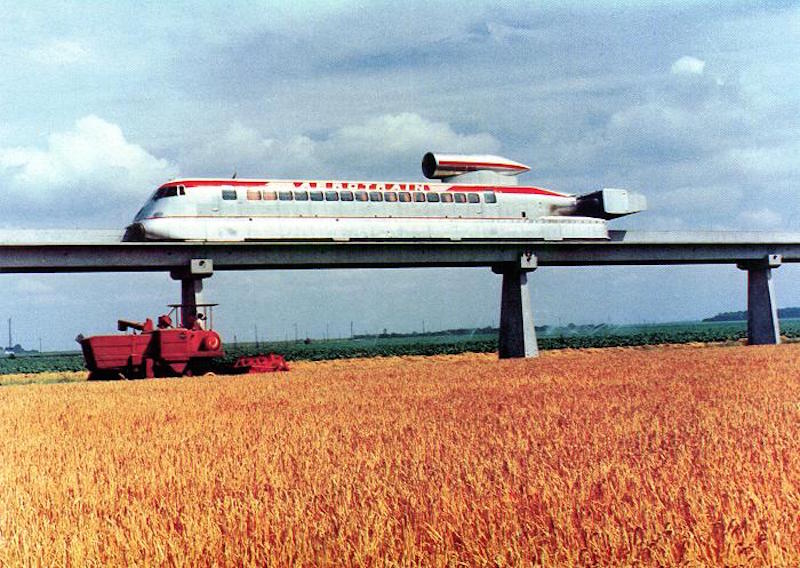The Aerotrain could have been the future of travel. Sadly for its inventor the project went off the rails. TGV (“Train à Grande Vitesse” or High speed train) is an icon of the French transport network but it was only one option.
Another idea, propelled on a cushion of air, was put forward by aviation engineer and scientist Jean Bertin in the 1960s.
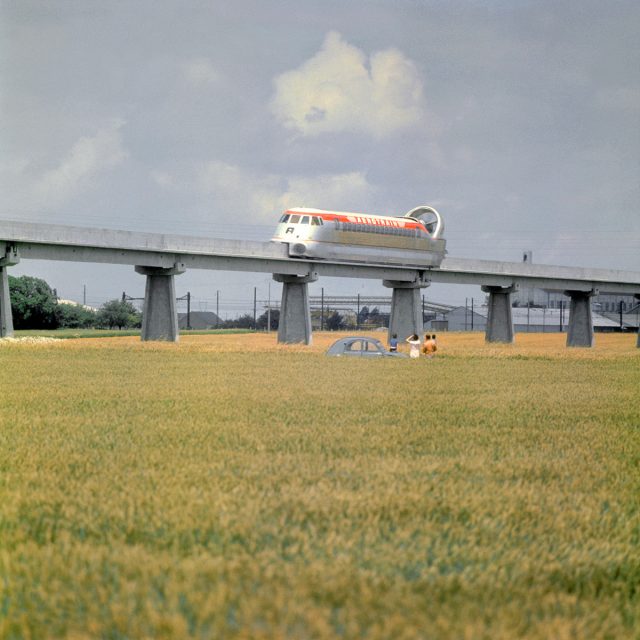
What made the Aerotrain different? It was a concept that started in the clouds rather than on the ground. One day Bertin was talking to colleague Louis Duthion about soundproofing an engine. Not for a train but a plane.
Duthion was reportedly surprised at how compressed air under a very low flying aircraft gave greater lift and, according to the website Amusing Planet, “decreased aerodynamic drag”.
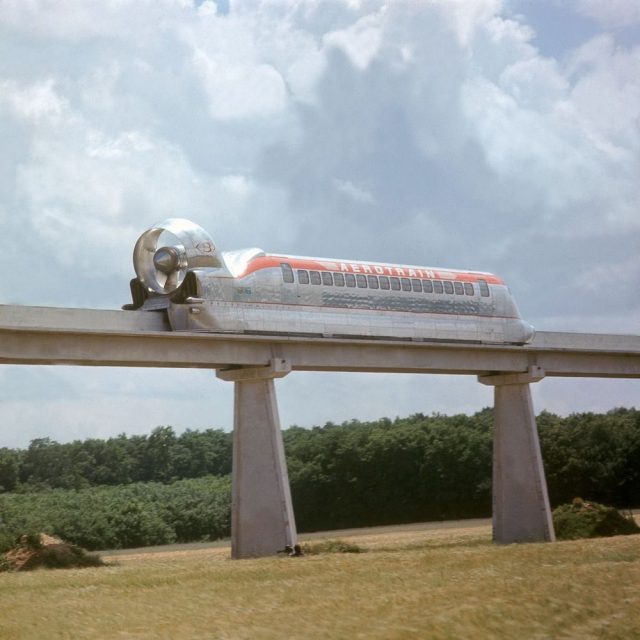
What they were discussing was ‘ground effect’. “The phenomenon was well-known among pilots,” the site notes, “but for Bertin and his team, it was entirely new.” And Bertin later reckoned he could apply it to a rail network.
Building on research from other nations, the engineer extraordinaire was convinced he’d succeed where they fell down.
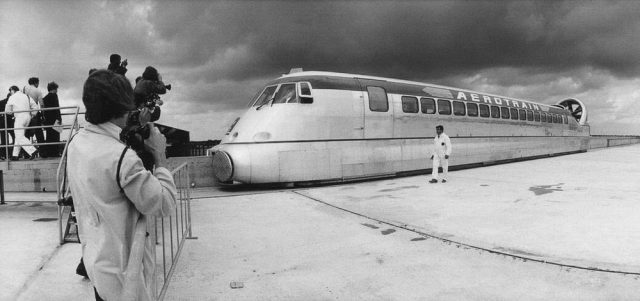
If anyone could do it, it was him. Bertin’s New York Times obituary reads he “founded in 1956 an engineering firm that obtained 3,000 patents in 20 years. They included the development of an antifog device for airport runways, a silencing system for airplane engines and several hovercraft systems.”
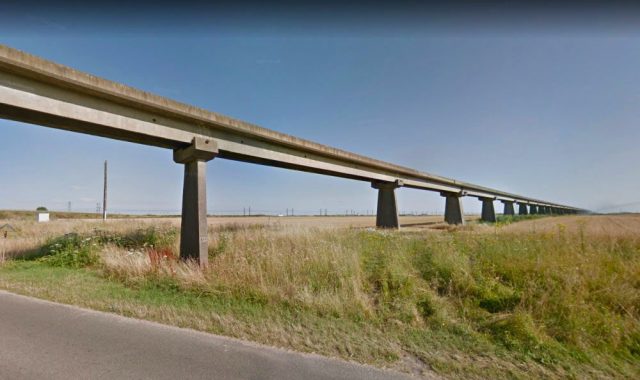
It was the hovercraft that would influence his burgeoning idea of an Aerotrain.
These were up and running, or to be more precise floating, after their introduction via the UK at the end of the 1950s.
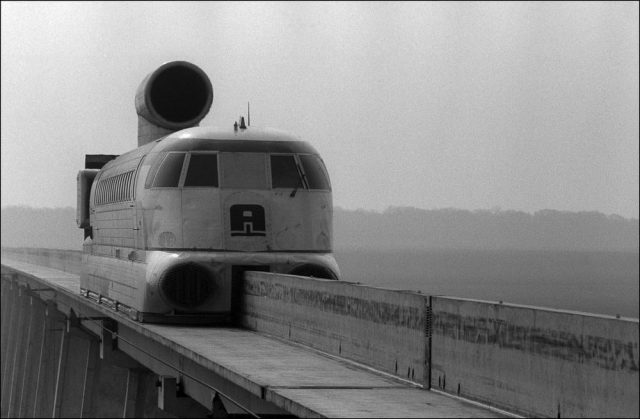
Bertin’s train system would act, in his own words, like “an imprisoned airplane”, sitting on a monorail but hovering frictionless just above it. Whereas similar travel solutions such as “maglevs” – magnetic levitation trains – relied on magnetic resistance to glide along, Bertin wanted to use the principles of ground effect instead.
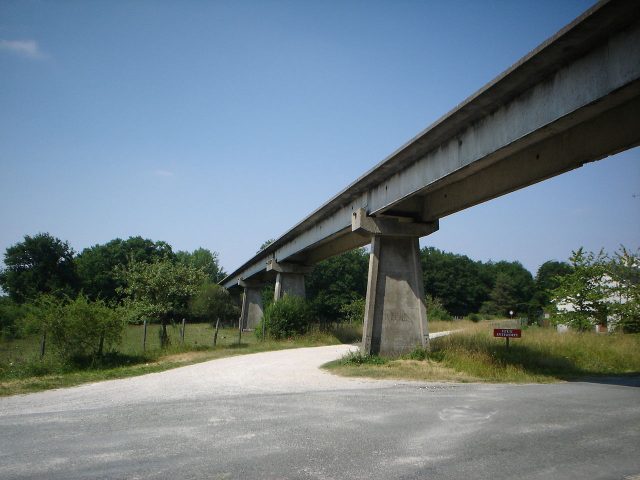
Constructing scale models, he took to the streets of Paris to demonstrate his scheme. This attracted government attention and in 1966 Bertin received funding to build a test track measuring 6.7 km in the commune of Gometz-le-Châtel, Essonne.
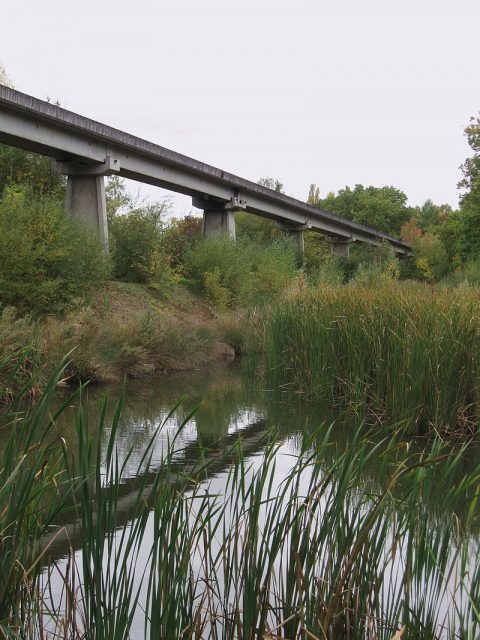
Appropriately enough, the prototype of the Aerotrain looked like it was sky rather than earthbound. Featuring just 6 seats, it showed the future wasn’t just sleek… it was fast. A speed of 214 mph was achieved by the prototype, and this was soon smashed by a second model (262 mph).

The north-central city of Orléans on the Loire River was the location of the next phase 3 years later. This time a 5 m high 18 km long track was erected on concrete pillars. “If the test was successful, it was expected that the tracks would be extended all the way to Paris” writes Amusing Planet.
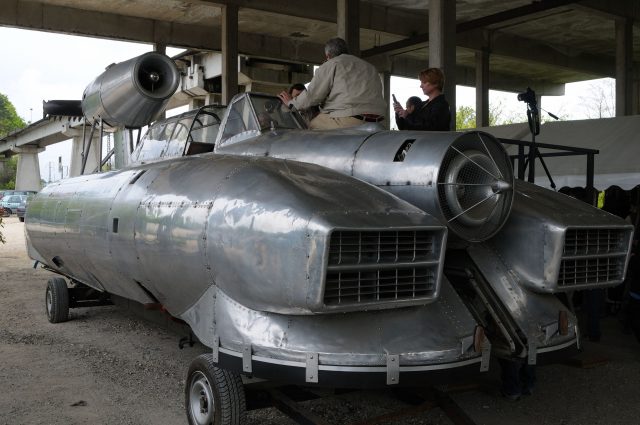
Bertin built another Aerotrain to run on it, the I80. At 267 mph it shattered the railed vehicle land speed record. A series of monorails was planned, so the train could go everywhere.
It was all looking good for Bertin and his air-cushioned innovation. However there was one thing even progress couldn’t stop – government bureaucracy. Aerotrain signalled a major challenge to the state’s railway operation.
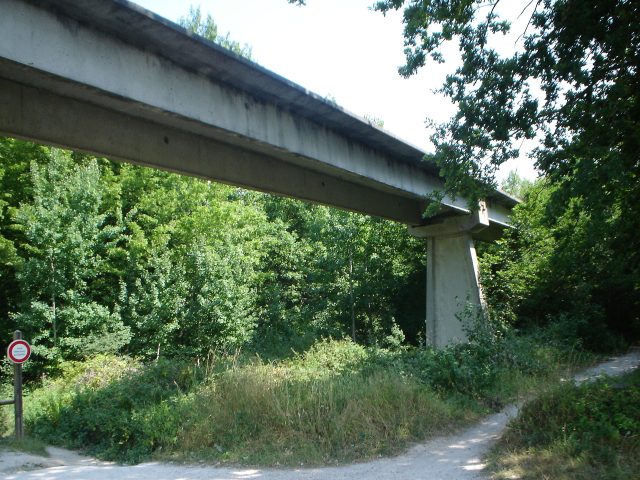
Eventually France closed its wallet and the dream had died by the late 1970s. Bertin himself passed away in 1975 through cancer. He was 58. The New York Times mentions the Aérotrain concept was being looked at by other nations, though nothing came of it.
His legacy lives on with company Bertin Technologies. And the tracks were never properly dismantled. The Gometz-le-Châtel has been overtaken by nature but, as Amusing Planet writes, “The test track built outside Orleans still stands, mostly intact.”

It adds, “The structure begins north of Orleans, from the commune of Saran, continues north along D2020, passes Chevilly, gets briefly interrupted by the A19—Paris’s outermost ring road—passes Artenay and ends abruptly in the middle of a field.”
Ending abruptly sums up the exciting yet ultimately short-lived journey of the Aerotrain. It may not have succeeded, but it was certainly an intriguing train of thought…
